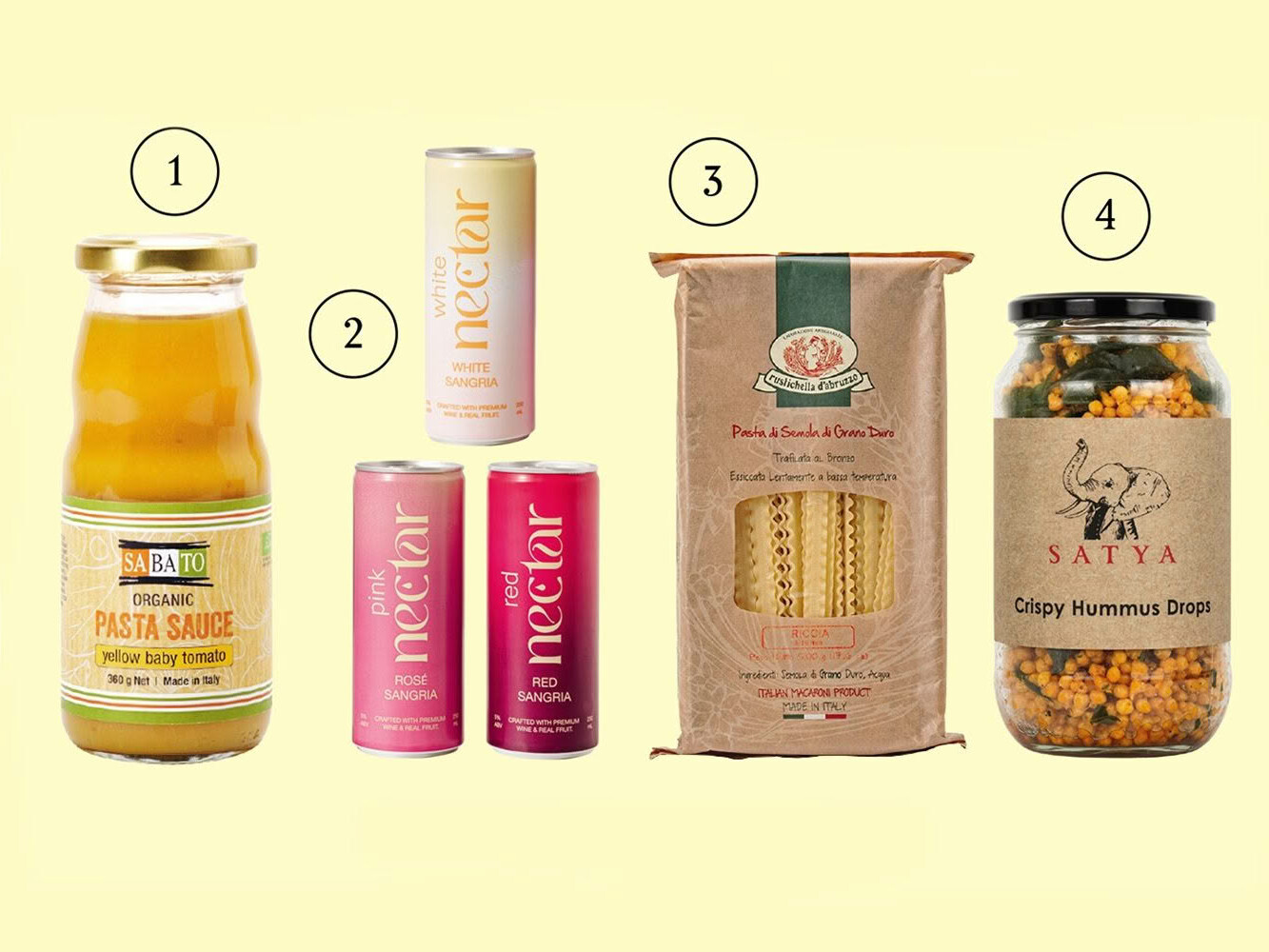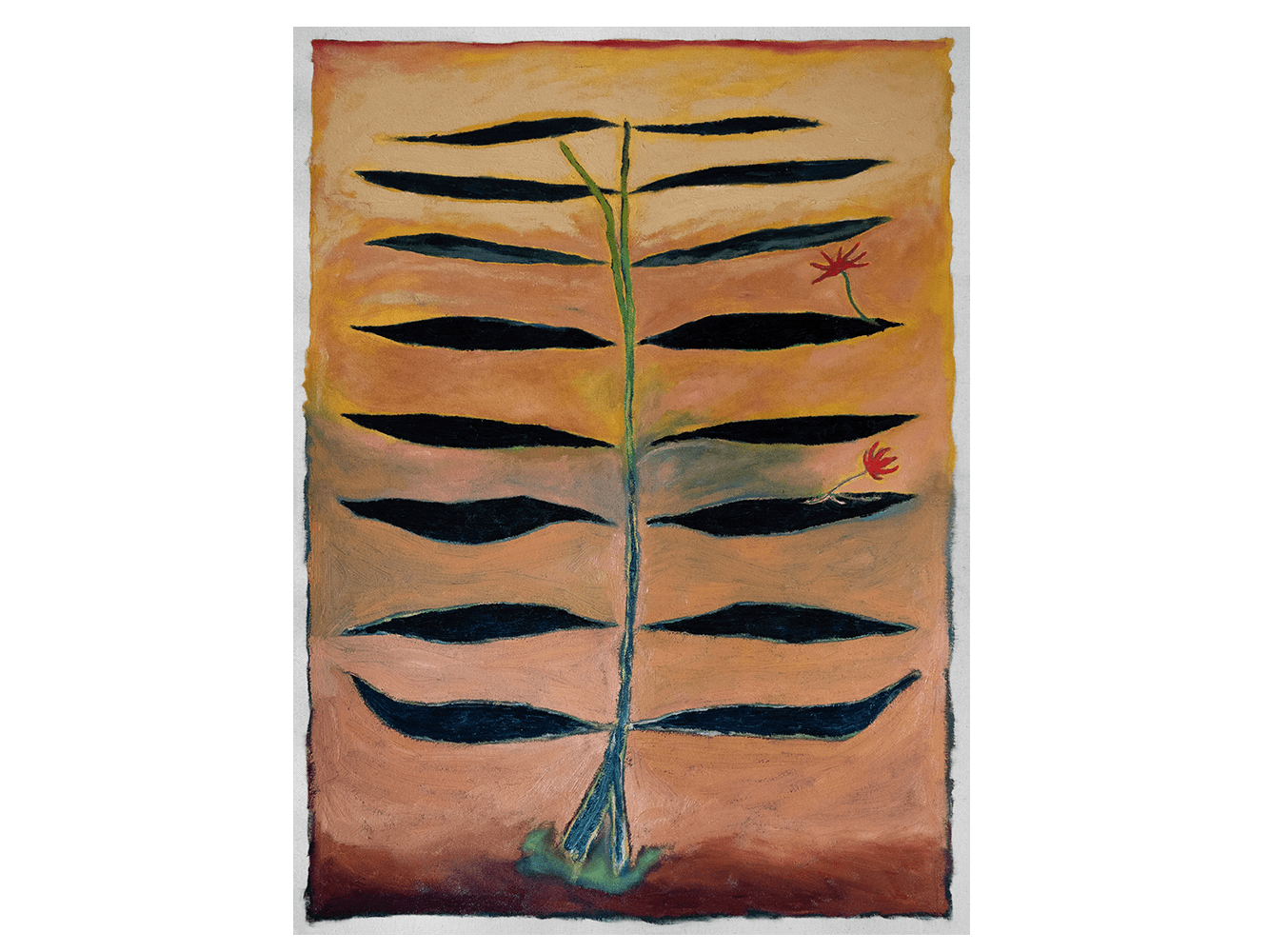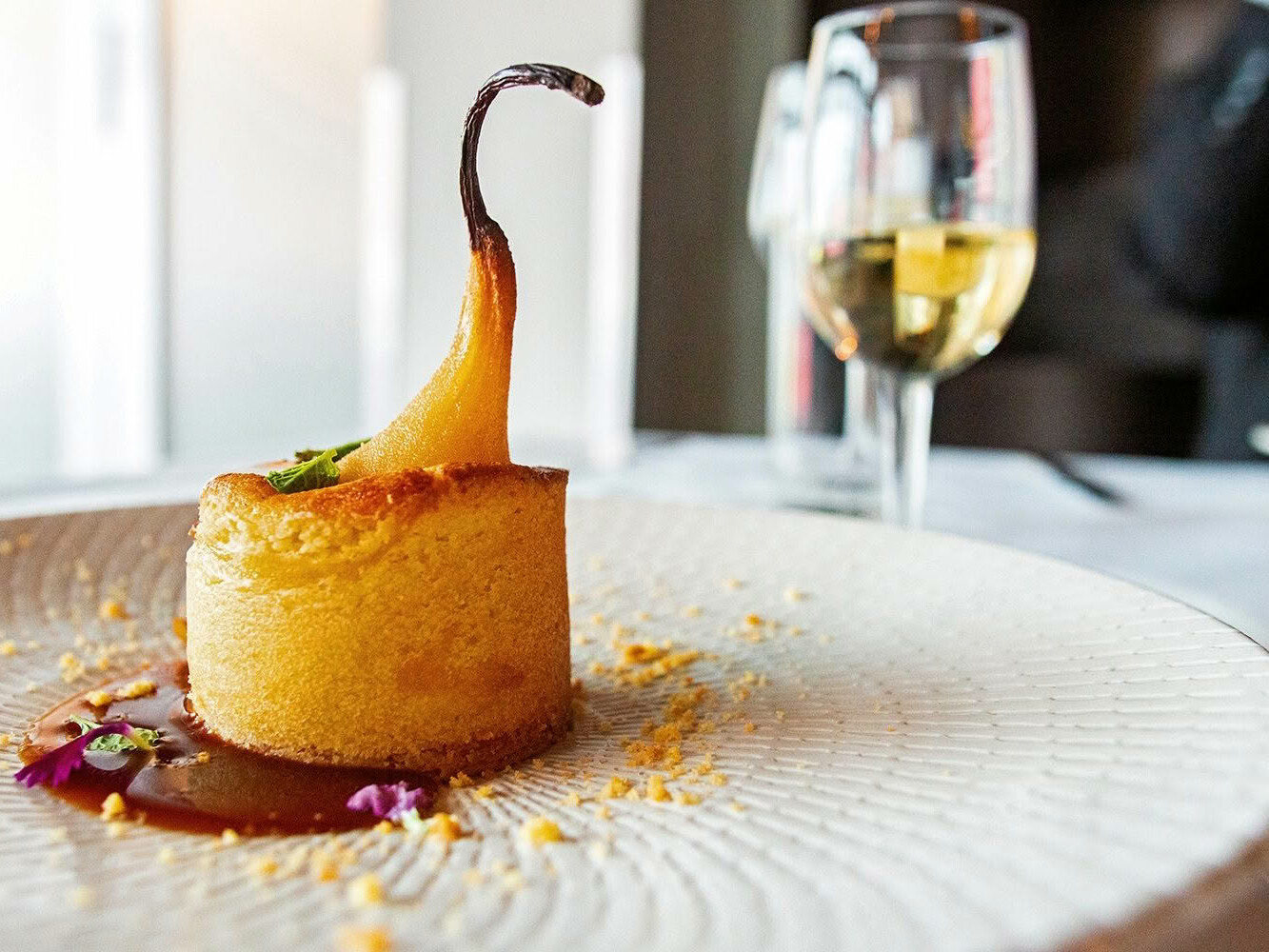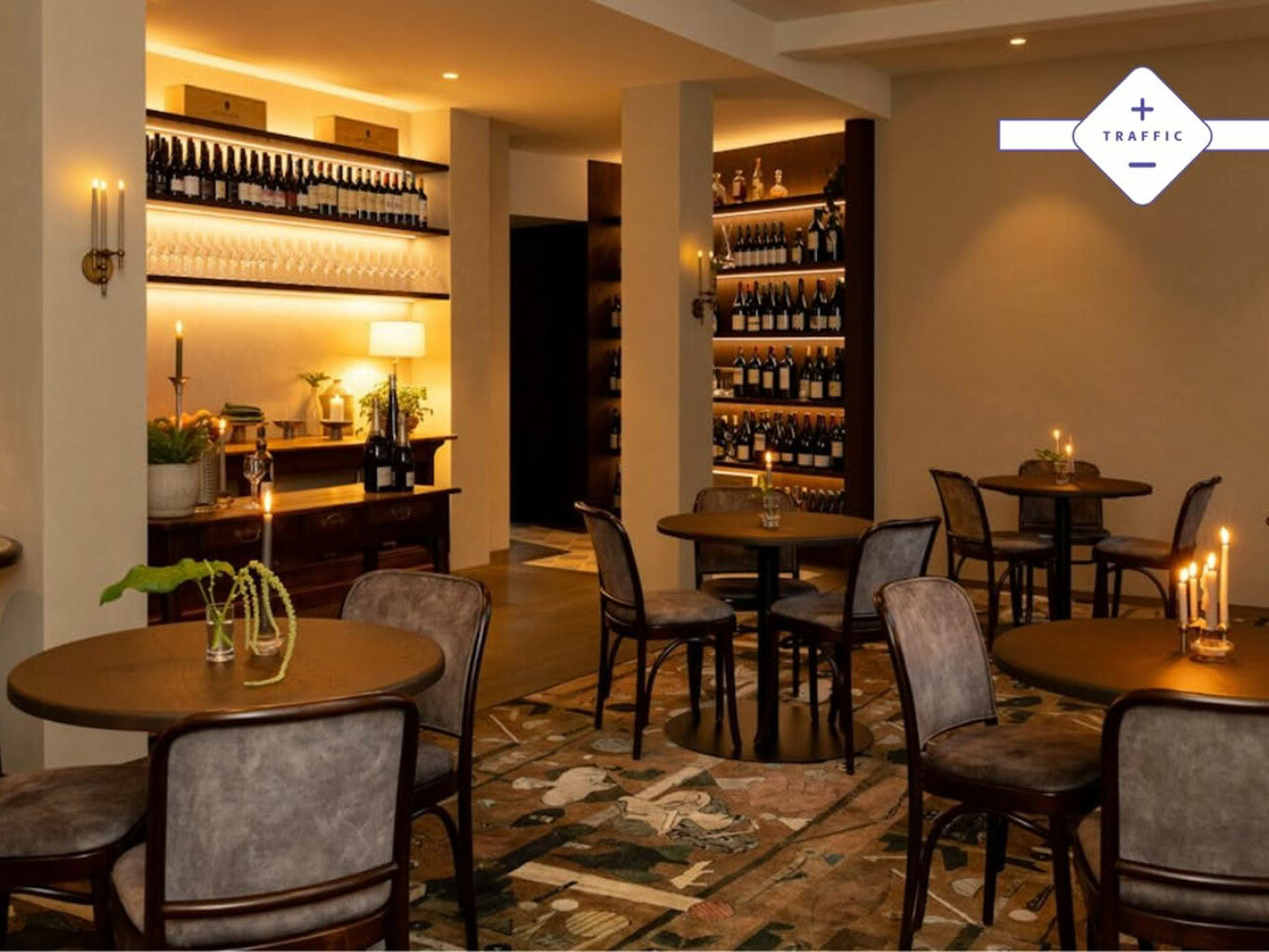Hyped hashtags aside, the move to intentional imbibing is starting to heat up, says STEPHEN WONG, MW.
#supportlocal #consciousliving #sustainableliving #organic … Conscious consumerism continues to rise unabated, Covid-19 notwithstanding, and wine has been swept up in the tide of awareness. The beverage has closely followed the same trends as food, with buyers slowly waking up to production, traceability and accountability. This is met, as usual, with a wall of marketing, as brands align themselves with these values to gain sales. However, unlike some other food products, we don’t tend to buy wine in ways that allow first-hand traceability, making it ripe for misrepresentation and, sometimes, dodgy sales tactics.
While the Organic Products Bill is making its way through Parliament, claims made outside certification are still honesty based. There are also red herrings aplenty, with people selling everything from keto-friendly or sulphur-free wine to gluten-free, ‘clean’ wine, no added sugars and sugar-free – terms that prey upon buyer ignorance of winemaking processes, and the exemption for ingredient listing in wine.
What are the ways, then, to buy wine as a conscious drinker? First up is environmental sustainability, the most obvious being farming- and production-related; how is it grown and where? This is dominated by organics, biodynamics and sustainable winegrowing, in which New Zealand is making good strides. Some 96 per cent of our national vineyard area is covered by a broad sustainability standard (which currently still permits Roundup application) and a little more than 10 per cent is certified organic. More niche practices, such as uncultivated farming and permaculture, exist too, although large-scale vineyards (like most fruit production) tend towards intensive cultivation, if not outright monoculture.
We can also exercise environmental awareness and sustainability by looking at how far a bottle has travelled and, more importantly, how it is packaged. Heavy glass bottles are often used to signal wines of premium quality, but they are punishingly carbon-intensive to transport. New Zealand’s reliance on fossil-fuel-based truck transport also inflates our carbon footprint, sometimes closing the gap between imported wines and local wines that travel from a wine-producing region to distributor warehouses (generally in Auckland) before being trucked elsewhere, sometimes back to a shelf near their origin. Wine kegs had a short-lived growth spurt in 2008-2012 before subsiding, but interest has renewed, with newcomers jumping on the bandwagon recently. Cans are proving a good alternative, with smaller pour-sizes, much lighter packaging and ease of use, but older audiences have been more resistant to them than younger ones.
This past year has also shone a stark light on social responsibility: who is making your wine, and who are you buying it from? There is much to unpack here, but ‘buy local’ is a strong motivator, as are social-justice initiatives for supporting fair, ethnically diverse, inclusive working environments. At the smaller-production end, it is often a family affair, particularly noticeable during lockdown here when small wineries literally relied on family members in their little bubbles to pick their grapes and work shifts. Much of this gives a buyer the ‘feelgoods’ but, as many have already pointed out, social responsibility is a long journey and change will make many uncomfortable.
Coincidentally, social expectations of moderation is one motivation behind the rise of lower- and no-alcohol drinks (known colloquially as low:no). For some it’s expressed as drinking better, less frequently; for others, it has manifested as drinking low:no. Uptake in wine has lagged behind beer, but Richard Lee, Marketing Manager of NZ Lighter Wines (a research project jointly funded by NZ Winegrowers, MPI and wineries over seven years), points out that the past five years saw low:no sales accelerating and growing faster than organic wine. For some buyers, it overlaps with the health motivations for organics but focuses on reducing alcohol intake and calories. Dr David Jordan, who manages the project, believes the adoption of organics will play out in low:no wines too, in time – it does not threaten the organic sector. His research shows New Zealand’s uptake is world-leading, with 6-7% of New Zealand sauvignon blanc, pinot gris and rosé sold domestically being low:no.
So what is lighter wine and have you tried it? Dr Jordan describes a spectrum ranging from naturally lighter wines (a result of their viticultural and winemaking research) sitting at 8.5-10% alcohol by volume (ABV); to full- strength wines that have alcohol removed by reverse osmosis down to the 6-9% ABV; to more technically demanding reductions using expensive spinning-cone technology from 6% all the way down to 0%.
Does it taste different and can good wine be low:no? Yes, and probably. A Yale study showed that tasters devoted more attention to flavours in low:no wines. Rob MacCulloch, Master of Wine, works with one of the rare, expensive spinning-cone machines in this country, and believes that de-alcoholisation affects palate perception in ways that need to either be taken into account initially, or adjusted for after the fact, an area currently being researched. This is certainly a factor for top-end wines. At friendlier price-points, naturally lighter wines have been performing very well in competitions and wine shows. There is also much to be said for motivations: most drinkers choose to have slightly less complex wine regularly than settle for drinking great wine rarely.
Alongside climate change, we’ve seen ABVs rising into the 14–15% range over the past two decades, but an increasing number of producers are fighting this trend and making fresher, less intensely ripe wines that are easier to drink at 11-12.5% ABV (not specifically covered by low:no). Natural wine inhabits this space quite comfortably, especially nouveau-style wines such as NZ’s nouvelle wine movement spearheaded by Caitlin Perlman (disclaimer: I am involved in this project).
Charlotte Read, general manager of marketing at New Zealand Winegrowers, believes that the conversation and research into lighter wines reflects the industry’s focus to be more consumer-centric and adapt to health and wellness trends. She says that investing in innovation is one way to ensure we stay ahead of the curve. It allows New Zealand wineries to keep producing wines people want to buy and keeps our industry growing for a sustainable future. And who doesn’t want that?
For official information, check out: organicwinenz.com; biogro.nz; nzlighter.wine; nzwine.com
SEE MORE FROM CUISINE
Design File / Jessica Crowe / stylist, painter / Whangamatā
Though you may not know Jessica Crowe’s name, if you are a regular…
Traffic July / August 2025
Josh and Helen Emett continue the elegance and success of Gilt, with…






